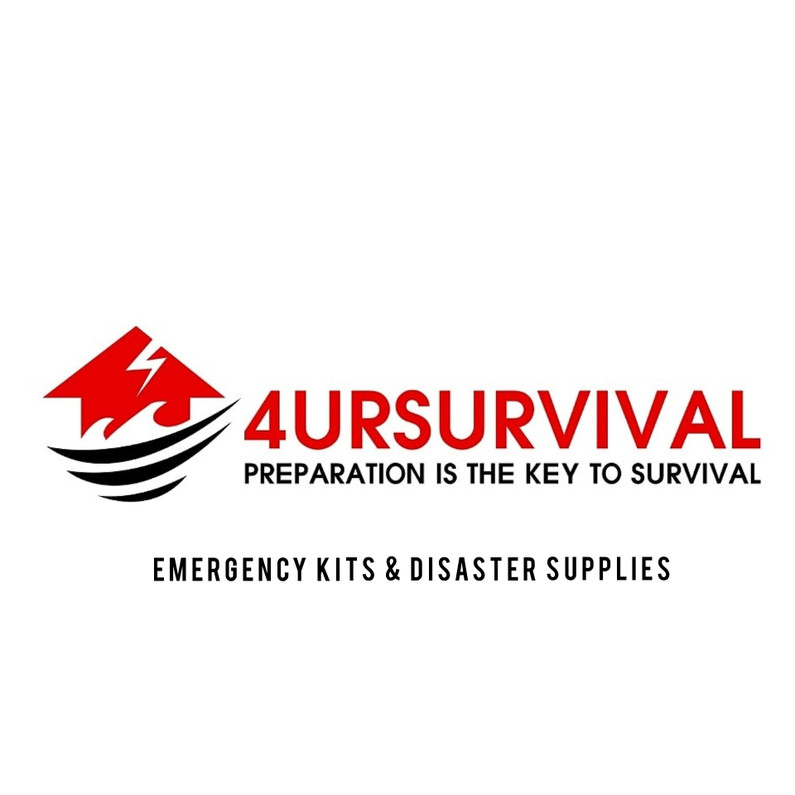Disaster Safety for People with Disabilities Create an emergency plan that addresses your needs.
Being Prepared Means Planning Ahead
Emergencies can happen at a moment's notice. Mobility, hearing, learning, or seeing disabilities can create specific needs that individuals need to address to be able to respond to an emergency. We urge everyone to become “Red Cross Ready” for any urgent situation, which means assembling a survival kit, making an emergency plan, and being informed. In addition, people with and without disabilities, as well as those in their support networks, may benefit from the tips below about managing communications, equipment, service animals, pets and home hazards.
Don't Forget to Make a Back-Up Plan
Emergencies and disasters can unfold in unpredictable ways, and even carefully made plans may need to adapt to changing circumstances. That’s why it’s so important to arrange a back-up solution for the most critical parts of your emergency plan.
- Know how to connect and start a back-up power supply for your essential medical equipment.
- Do you have a medical alert system that allow you to call for help if you are immobilized in an emergency? Most alert systems require a working phone line, so have a back-up plan, such as a cell phone, if the regular landlines are disrupted.
- If you use an electric wheelchair or scooter, have a manual wheelchair for back-up.
- Teach those who may need to assist you in an emergency how to operate necessary equipment. Also, label equipment and attach laminated instructions for equipment use.
- Store back-up equipment (mobility, medical, etc.) at your neighbor’s home, school, or your workplace.
- Arrange for more than one person from your personal support network to check on you in an emergency, so there is at least one back-up if the primary person you rely on cannot.
- If you are a person who is vision impaired, deaf or hard of hearing, plan ahead for someone to convey essential emergency information to you if you are unable to use the TV or radio.
- If you use a personal care attendant obtained from an agency, check to see if the agency has special provisions for emergencies (e.g., providing services at another location should an evacuation be ordered).
- Have a cell phone with an extra battery. If you are unable to get out of a building, you can let someone know where you are and guide them to you. Keep the numbers you may need to call with you if the 9-1-1 emergency number is overloaded.
If You Are Instructed to Evacuate
Your first option and plan should always be to go to family or friends first; they can accommodate you, your service animal and pets, and help you be most comfortable in a stressful situation. Emergency public shelters can provide a safe place to stay and meals while you are there, but not all shelters provide personal health care or assistance with activities of daily living. If you require the care of a personal attendant and choose to go to a shelter, bring the attendant with you.
- Listen to the radio or television for the location of emergency shelters. Note those that are accessible to people with physical disabilities and those that have other disability friendly assistance features such as TTY lines.
- Wear appropriate clothing such as sturdy shoes.
- Take your disaster supplies kit.
- Confirm upon arrival at an emergency shelter that it can meet your care needs.
- Inform members of your support network and out-of-town contact of your location and status.
Recent Posts
-
Hurricanes
Prepare for HurricanesKnow your Hurricane RiskHurricanes are not just a coastal problem. Find out ho …13th Sep 2021 -
Distress Signals
Distress Signals: What Distress Signals can you use?Help Flag - www.4ursurvival.comYou Will Need* A …30th Aug 2021 -
Get Ready for Disasters During National Preparedness Month
September is National Preparedness Month, the perfect time to get your household ready for an emerge …23rd Aug 2021


